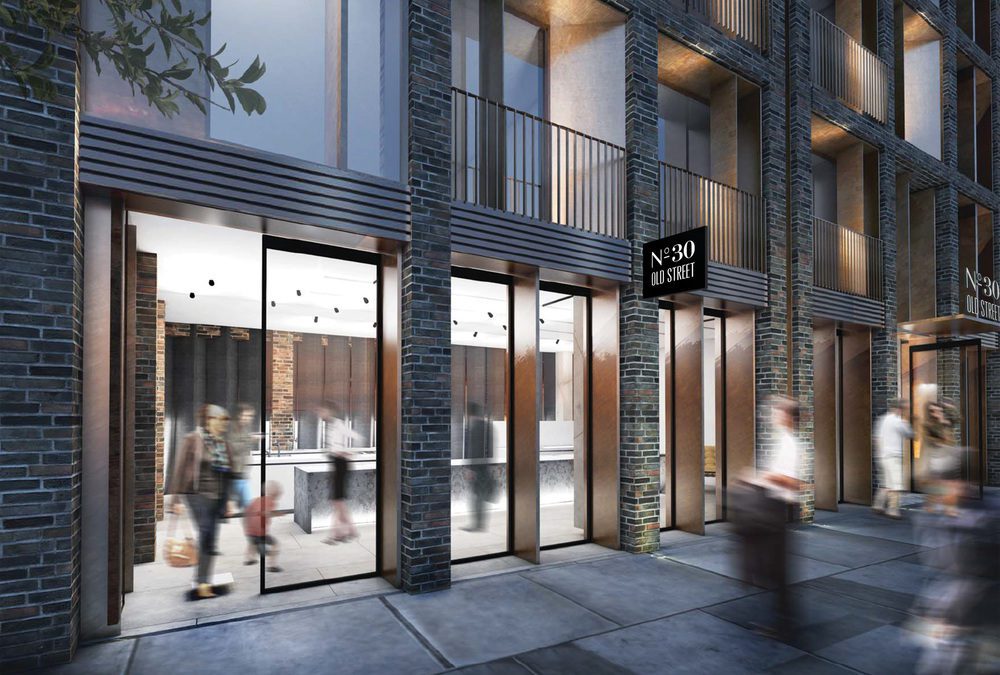As a building material, lime has been used for millennia. It makes sense that modern architects would continue to use it in their designs. Because of its low cost and adaptability to different climates and uses, lime’s flexibility makes it an ideal building material for modern buildings.
This article will look at some of the ways lime is being used in modern architecture today. From its traditional use as a mortar, to decorative features like stone veneer.
Why is Limestone so Popular in Modern Architecture?
Architecture has always been a field ripe with innovation and experimentation. Over the past few decades, there’s been an explosion of new materials and techniques that have allowed architects to create buildings that were once impossible or just not available. One such example is the material, lime. Modern architects are using lime in their buildings today, after its key role in the history of architecture.
The Key Features of Lime in a Modern World
Lime is used in lots of different ways in modern architecture.
The Versatility of Limestone:
Lime is a versatile material. It can be used as both an interior and exterior finish, depending on your needs and preferences. Lime’s colouration also makes it attractive to some designers who prefer white structures built from natural materials such as stone and wood to man-made materials such as concrete.
One of the reasons for limestones’ popularity in modern architecture is that it comes in so many colours. You can use limestone in many different ways, and it won’t look out of place.
Also imposing chemical impurities on limestone allows the user to alter the colour to the desired look that you want. By simply using available chemicals, we can create red, brown, yellow, grey, black, or blue limestone. This makes for a popular choice amongst interior designers.
The Sustainability of Limestone:
It’s also a natural material that can be sourced from local materials, making it sustainable and low-cost.
If you want to be more sustainable and environmentally responsible, using limestone is an excellent choice. It’s a natural material that doesn’t require any processing before use (unlike some other materials). Also, limestone also has a very long lifespan if properly maintained; many examples from antiquity are still standing today; the Great Wall of China and The Pyramids to name just two.
Limestone, Very Lightweight
Because lime is so lightweight, it’s ideal for people looking to reduce the weight burden on their structures without sacrificing durability or aesthetics.
Breathable, Insulating and Prevent Decay
Lime is often used as a material for construction because of its insulating properties, which reduce the effects of high humidity in climates with large amounts of rainfall and overcast sky on the interior of buildings. Lime has been found effective in reducing the problems associated with condensation, including mold and mildew formation. Because lime is an excellent stabiliser, it can also be used to prevent wood from decaying or cracking when exposed to moisture.
Conclusion
The use of lime in modern architecture is something that has been growing in popularity over the years, especially among those who seek out an eco-friendly approach to their designs. It’s important that we understand the history behind this material and its potential uses so we can determine how best incorporate them into our future projects.

